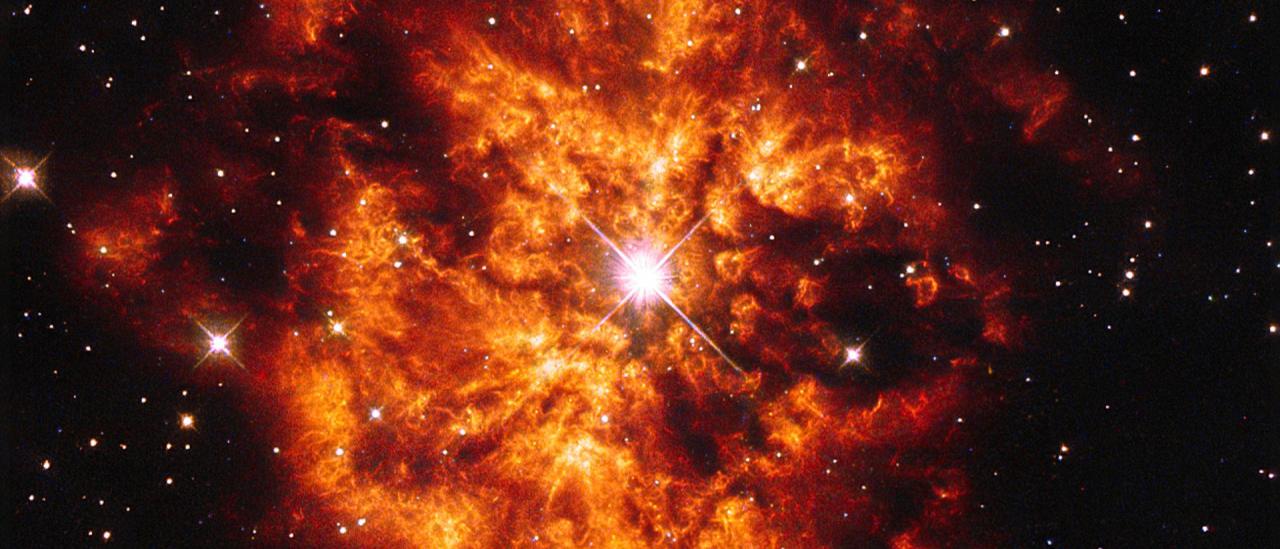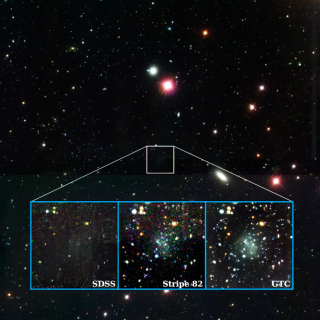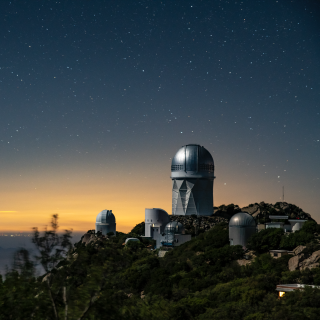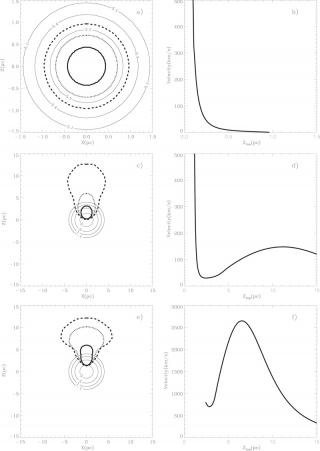
Our arguments deal with the early evolution of Galactic globular clusters and show why only a few of the supernovae products were retained within globular clusters and only in the most massive cases (M>106 solar masses) while less massive clusters were not contaminated at all by supernovae. Here we show that supernova blast waves evolving in a steep density gradient undergo blowout and end up discharging their energy and metals into the medium surrounding the clusters. This inhibits the dispersal and the contamination of the gas left over from a first stellar generation. Only the ejecta from
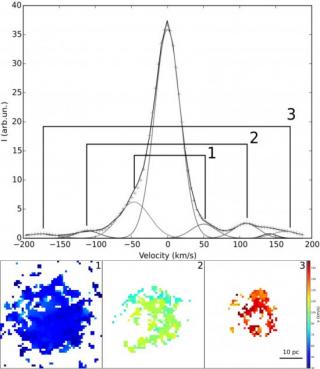
Using a specialized technique sensitive to the presence of expanding ionized gas, we have detected a set of three concentric expanding shells in an H ii region in the nearby spiral galaxy M33. The detection was done using Fabry-Pérot spectroscopy, which allows us to map the ionized gas emission line Hα with exceptional precision in the spatial and spectral coordinates. We also took long-slit spectra of colisionally excited emission lines, which showed that the shells are likely originated from supernova explosions. Using the flux and the kinematics we estimated the kinetic energy in the
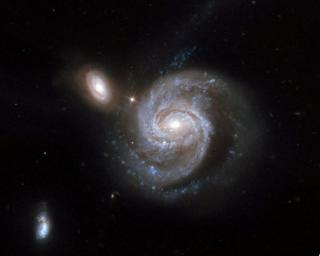
By Natalia Ruiz Zelmanovitch There are many kinds of stars in the Universe that are generally classified according to their brightness and colour. The brighter a star is, the bigger it is, and this property is directly related to the mass and age of the star. The most massive stars rapidly consume all the fuel in their interior, and this means not only that their lives are shorter than those of less massive stars but also that their deaths are spectacular. When they reach their end, they explode as supernovae, providing us, in most cases, with an impressive display in the form of magnificent
